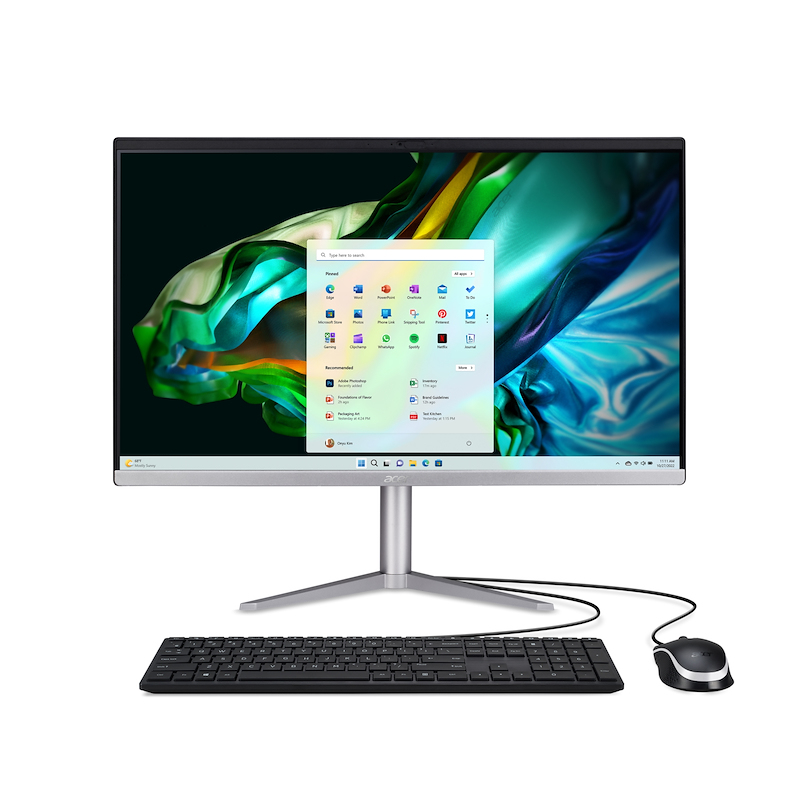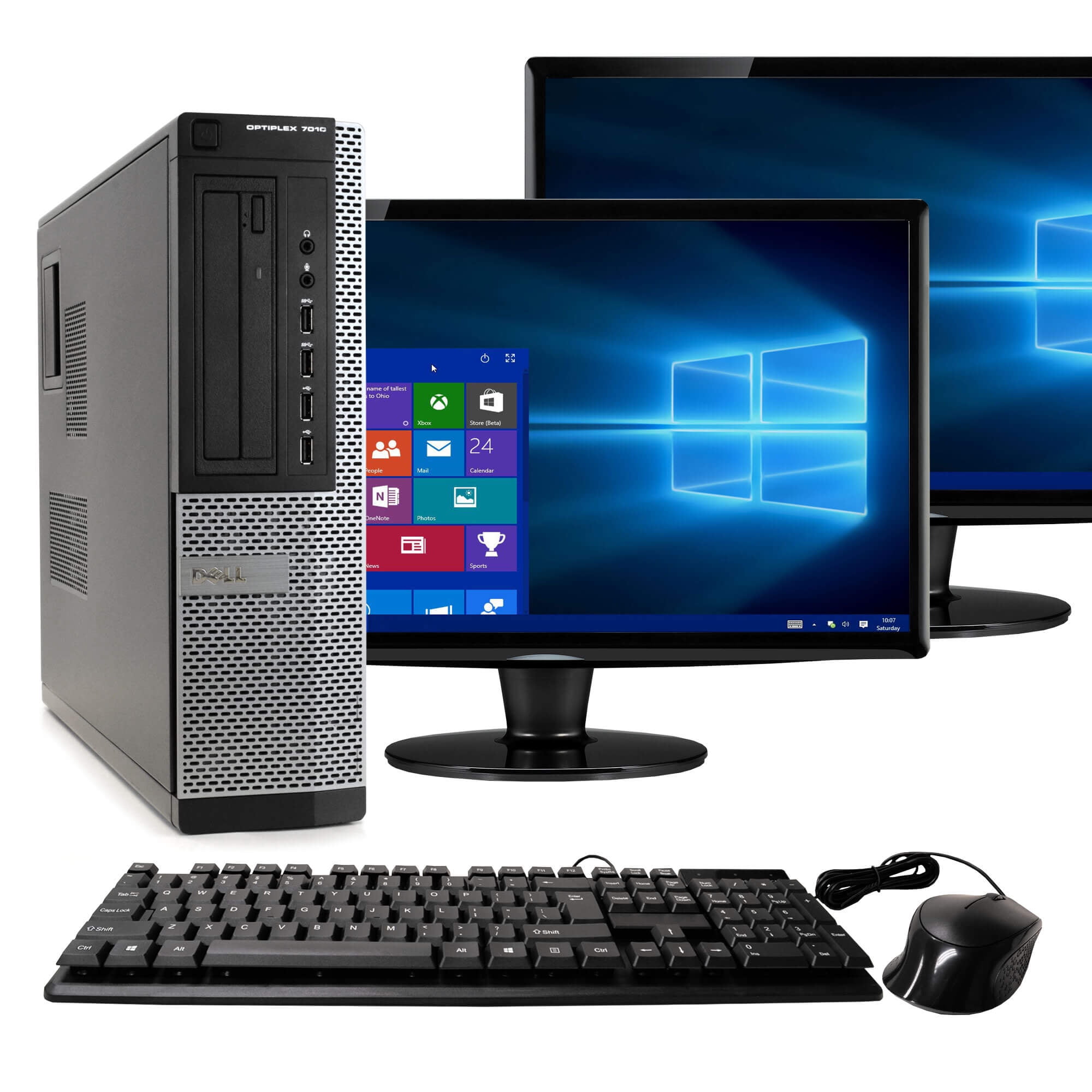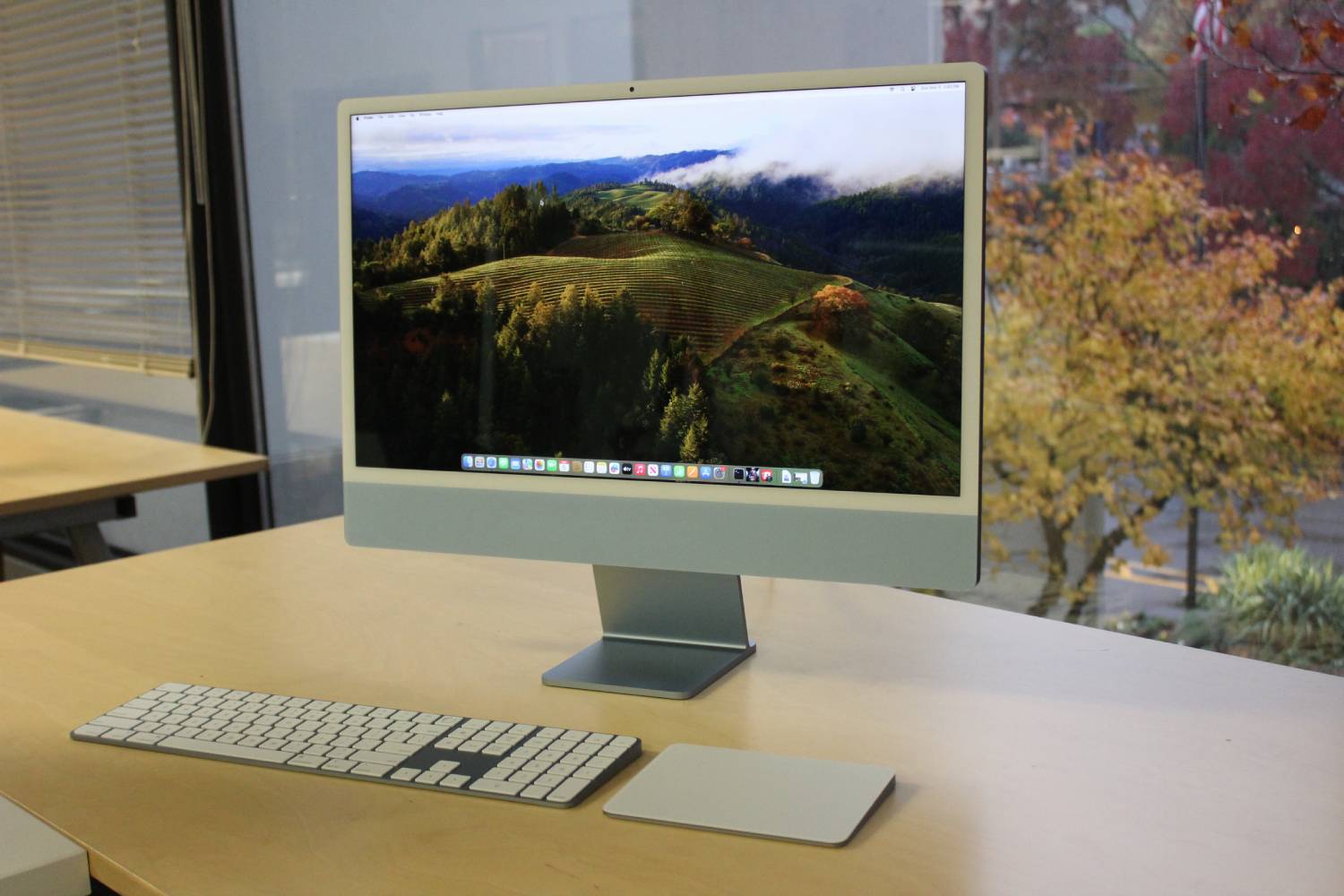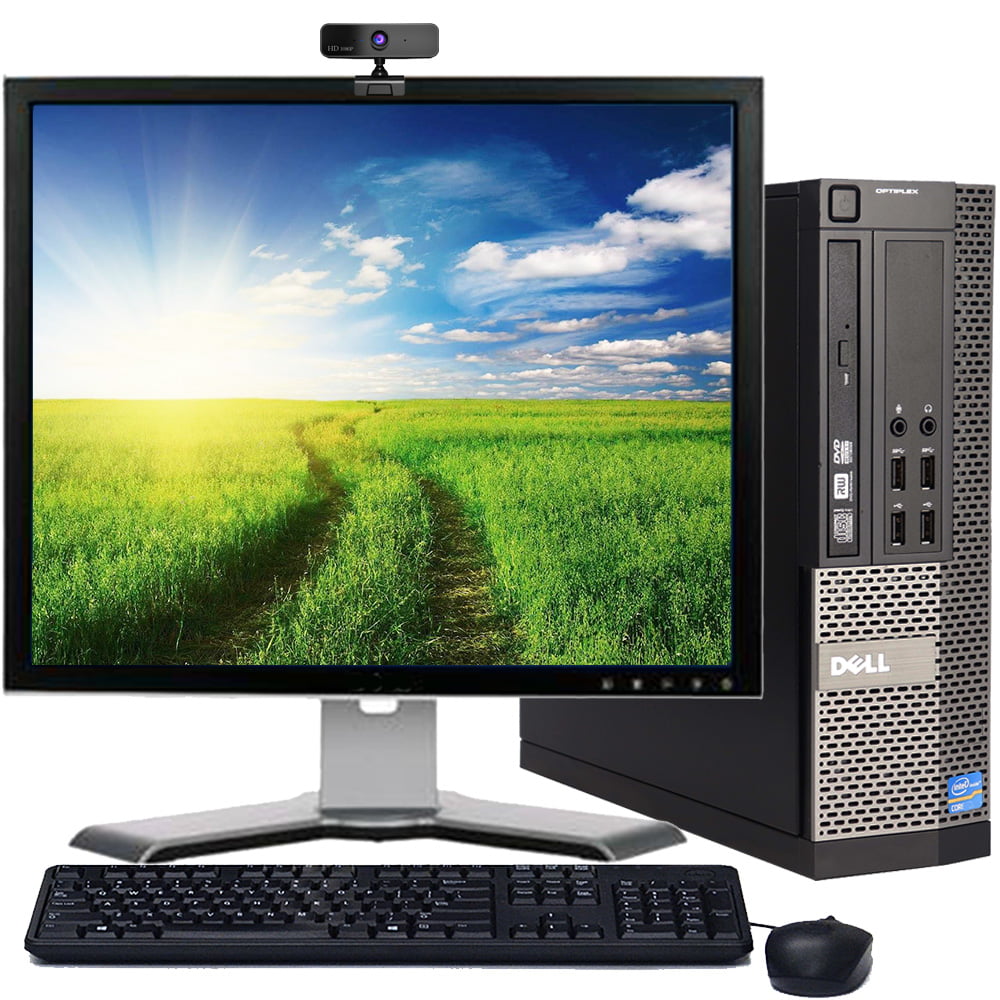Autodesk Desktop Connector is a powerful tool that bridges the gap between Autodesk’s cloud platforms and your desktop, allowing you to access files stored in the cloud directly from your desktop applications. This seamless integration streamlines workflows, enhances collaboration, and boosts productivity by providing easy access to project files. Whether you are a designer, architect, engineer, or project manager, getting started with Autodesk Desktop Connector can significantly improve your project management processes. In this article, we’ll break down the steps to get up and running with this tool, ensuring a smooth and efficient setup.
Setting Up Autodesk Desktop Connector
Download and Installation
The first step is downloading the Autodesk Desktop Connector from the official Autodesk website. Make sure your system meets the required specifications for a successful installation. Once downloaded, run the installer and follow the on-screen instructions. The process is straightforward, but pay attention to any specific configuration options offered during the setup, as these can be crucial depending on your project needs.
Signing In and Account Configuration
After installing the Desktop Connector, the next step is to sign in with your Autodesk account credentials. This step is crucial as it links your cloud storage with the Desktop Connector, providing access to your files. If you’re part of a team, ensure that you have the correct permissions to access shared project files. You might need to coordinate with your project administrator to adjust these settings if necessary.

Exploring the Desktop Connector Workspace
Once signed in, take some time to explore the Desktop Connector workspace. The interface is designed to be intuitive, showing your cloud storage folders and files in a structured manner. Familiarize yourself with the navigation tools, context menus, and quick access features. Practicing with these features will enhance your efficiency and make file management tasks more manageable.
Syncing Files and Folders
An essential feature of the Desktop Connector is the ability to sync files and folders between your desktop and the cloud. This means any changes made to a file on your desktop can be automatically updated in the cloud version, and vice versa. Begin by selecting folders or files you frequently use and enable syncing. Pay attention to the sync status indicators which alert you to the progress of uploads, downloads, and any errors that might occur.

Working with Files and Collaboration
Opening and Saving Files
Opening files through the Desktop Connector is as simple as navigating to the desired file and double-clicking it. The file will open in the default application set for its file type. When saving files, ensure you’re saving them within the synced folders to automatically update the cloud version. This practice is vital for maintaining version control and ensuring all team members have access to the latest files.
Collaborating on Projects
The Autodesk Desktop Connector shines in collaborative environments. It allows team members to work on the same files without overwriting each other’s changes, thanks to version control and file-locking features. To collaborate effectively, communicate with your team about which files are being worked on and make sure to sync changes frequently. This collaboration feature reduces conflicts and enhances the team’s overall productivity.

Best Practices and Troubleshooting
Regularly Update the Desktop Connector
Autodesk frequently releases updates for the Desktop Connector, including new features, bug fixes, and improvements in stability and performance. Regularly check for and install updates to ensure you’re leveraging the most current capabilities and achieving optimal performance.
Troubleshooting Common Issues
Despite its reliability, you might encounter issues with the Desktop Connector. Common problems include sync errors, login difficulties, or files not updating as expected. In such cases, consulting the Autodesk support forums and help documentation can provide solutions. Restarting the Desktop Connector or checking your internet connection can also resolve many issues quickly.

Mastering File Management with Autodesk Desktop Connector
Organizing Your Cloud Workspace
Effective file management is crucial when working with Autodesk Desktop Connector. Begin by creating a folder structure in your cloud workspace that mirrors the organization of your projects. This approach will make it easier to find and manage files within the Desktop Connector environment. Use clear and consistent naming conventions for your files and folders, which will help you and your team locate and identify project components quickly.
Setting Permissions and Access Controls
One of the advantages of the Desktop Connector is the ability to set permissions for different users. This ensures that only authorized personnel can access or modify files. Take the time to configure these settings accurately, especially in collaborative projects involving multiple stakeholders. You can assign roles such as ‘viewer’ or ‘editor’, providing granular control over who can do what within your project hierarchy. Establishing these boundaries early on prevents unauthorized changes and maintains the integrity of the project files.

Leveraging Version Control
Autodesk Desktop Connector offers robust version control capabilities, enabling users to track changes and revert to previous file versions when necessary. Make it a habit to check the version history of files frequently to stay informed about recent modifications or updates made by your team. When working on important documents, take advantage of the ‘Check Out’ feature to lock the file, signaling to others that you are making significant edits. Once you ‘Check In’ the updated file, the Desktop Connector will create a new version, preserving the file history for future reference.
Enhancing Team Collaboration with Desktop Connector
Streamlining Communication within Teams
Clear communication is the backbone of any successful team collaboration. Autodesk Desktop Connector can act as a communication enhancer by allowing team members to leave comments and notes on files. Use these features to convey important information about your work or to flag issues for others in the team. This way, the Desktop Connector becomes a platform not just for file management but also for exchanging ideas and feedback.
Planning for Collaborative Work Sessions
When multiple team members need to work on the same set of files, plan collaborative work sessions to ensure everyone is aligned. Schedule times when team members can work together on the files or divide the work to prevent conflicts. By planning these sessions, you can maximize the collaborative features of the Desktop Connector and minimize the risk of synchronization issues or data loss.
Getting started with Autodesk Desktop Connector is a straightforward process that opens up a world of productivity and collaboration possibilities. By following the steps outlined in this article, from installation and setup to collaboration and best practices, you can integrate this tool into your workflows efficiently. Remember, the key to success with the Desktop Connector is to stay organized, communicate with your team, and keep the software up to date. With these principles in mind, you’re well on your way to harnessing the full potential of this powerful Autodesk tool, making your project management tasks smoother and more efficient than ever before.
